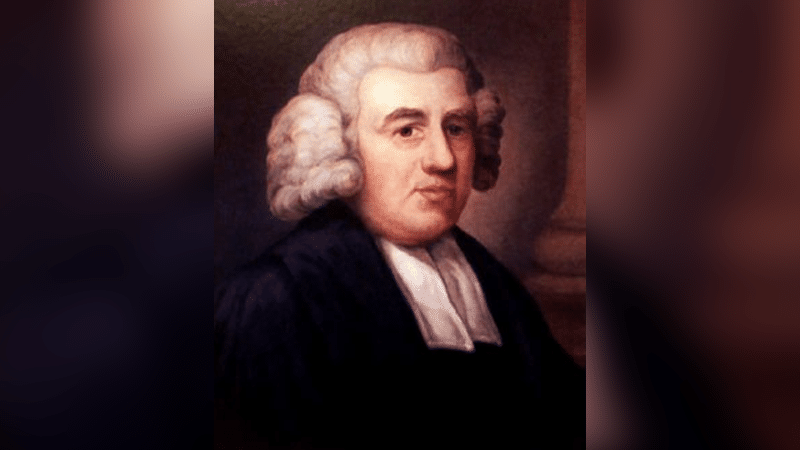John Newton’s hymn Amazing Grace celebrates 250th anniversary

John Newton’s world-famous hymn, Amazing Grace, was first publicly read aloud 250 years ago on New Year’s Day.
The former slave trader who became a Church of England minister and abolitionist, penned the hymn to accompany his sermon on 1 Chronicles 17:16 at St Peter and St Paul Church in Olney, Buckinghamshire on 1 January 1773.
The words of Amazing Grace reflect John Newton’s journey to faith.Then King David went in and sat before the Lord, and he said: ‘Who am I, O Lord God, and what is my family, that you have brought me this far?’ 1 Chronicles 17:16
Born in 1725, he became the captain of a slave ship which was caught in a severe storm in 1748 on its journey back to England. During that time, he was struck by Thomas à Kempis’s quote on the “uncertain continuance of life”, and Proverbs 1:23-26 which states “since you rejected me when I called…I in turn will laugh at your disaster”. Newton later marked the event as the start of his turning to Christ.
After returning to live in England, he was ordained in the Church of England in 1764 and appointed curate in Olney, Buckinghamshire. In 1767, the poet William Cowper also settled in the town and together they published The Olney Hymns in 1779, where Amazing Grace first appeared in print under the title ‘Faith’s Review and Expectation’.
Amazing grace how sweet the sound
That saved a wretch like me
I once was lost, but now I’m found
Was blind but now I see.
In 1796, Newton wrote to his friend and campaigner William Wilberforce to urge him not to give up his campaign against slavery and stay in Parliament to accomplish the will of God. Newton continued to preach until his death in 1807, nine months after Parliament abolished the slave trade in the British Empire.
His world-renowned hymn, now well-known to a 19th century tune, continues to be sung as a testament to God’s mercy in bringing countless people from across the world back to him.
